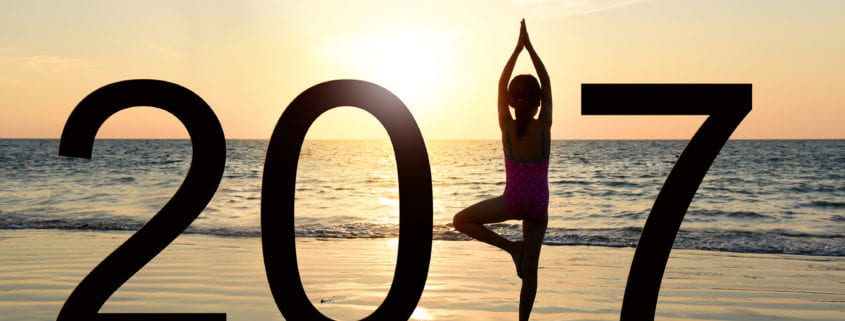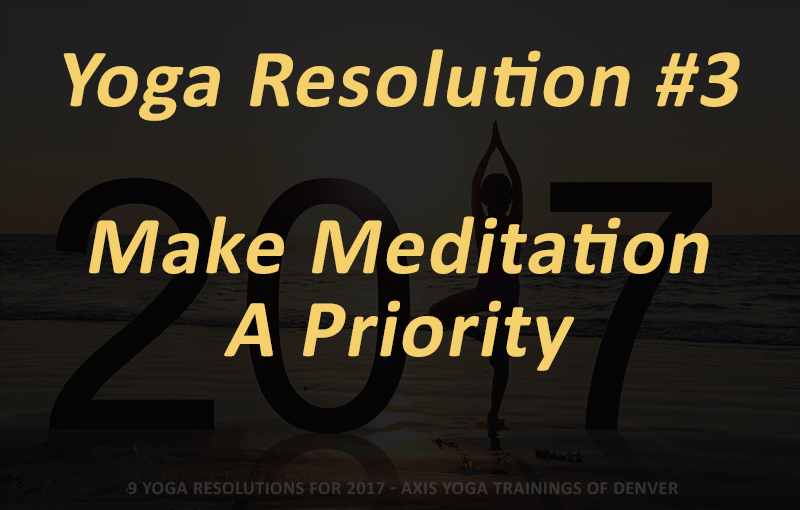
There are many approaches to meditation. Finding the optimal technique is a bit like searching for a treasure in a darkened room. The treasure holds the promise of greater inner-freedom however, and you’ll sift through less idyllic objects as you blindly sweep the floor with outstretched hands.
Fortunately, your search for the best meditation method can be distilled down to one of three primary categories. These categories range from the most passive to the most elaborate:
- Mindfulness. In simple terms, mindfulness is the act of being fully present to whatever task, experience, or thought you happen to be having. This is one of the most recognized techniques because of its obvious universal application and ‘non-metaphysical’ demure.
- Self Reflection. Other techniques ask you to focus on a particular construct such as the fabled utterance “Aham-Brahmasmi” or “I am divinity itself.” While the mantra itself possesses some potency, the real power of this method comes from the necessary self-reflection and the conviction that life is composed of more than ego-perspective.
- Kriya. Kriya means a ‘method’ or ‘procedure’. These procedures systematically blend various forms of imagery, colors, sounds, and associations to curate a particularly energetic and psychological reality in the practitioner.
Unlike the universal approach of mindfulness, kriyas invoke a specific experience to suit the exact needs of the aspirant based on their current life circumstances and how they wish to evolve. These practices, derived from tantra, are much more dynamic.
These practices, derived from tantra, are much more dynamic.
One may presume that kriyas entail an element of “imagination” or “pretending” to tap into an alternate reality. The more that I’ve studied and practiced yoga, the more I’ve come to see and appreciate it’s metaphysical perspective.
The Universe has more dimensions than length, height, and width and the vast, vast, vast majority of it exists outside of the limited field of our senses. We only see .03 percent of that available light spectrum that emanates from the sun, as an example. I’ve come to recognize kriya as a porthole into a pre-existing plane of existence, outside of conditioned existence.
Meditation to Increase Shakti is a simple example of this kind of kriya. It also is the consummate practice for our May Meditation Series. Shakti means power or force, she is the inherent and presiding force of manifestation itself. Without Shakti, there would be no life.
Kriya then is the systematic method by which one can enter into the awareness of this presiding force. It invokes the living presence and power of Shakti and most sublime attributes. With continued practice, the meditator gradually assumes these qualities.
Different forms of meditation will breed and awaken a different visceral reality.
Just as every seed contains a unique kind of plant in it – be it an oak tree or a rose bush – different forms of meditation will breed and awaken a different visceral reality inside of you. Despite their aura of universal spirituality, different meditations will awaken a unique attribute of your soul and psyche.
When choosing an optimal meditation method, the most important thing is to get started. Reflect on which of these three is most appeals, seek guidance, and most importantly just get started. Any of these approaches will help you to see yourself more clearly and help you discern its unique value and attributes.






